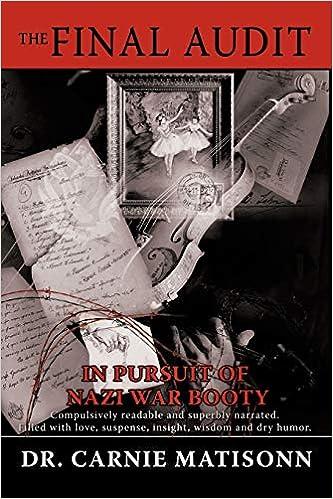Question
- The materials price variance is computed by multiplying the difference between the actual price and the standard price by the actual quantity of materials
- The materials price variance is computed by multiplying the difference between the actual price and the standard price by the actual quantity of materials purchased.
True False
- Which of the following would produce a materials price variance?
An excess quantity of materials used.
An excess number of direct labor-hours worked in completing a job.
Shipping materials to the plant by air freight rather than by truck.
Breakage of materials in production.
- The variance that is usually most useful in assessing the performance of the purchasing department manager is:
the materials quantity variance.
the materials price variance.
the labor rate variance.
the labor efficiency variance.
- Variable manufacturing overhead is applied to products on the basis of standard direct labor-hours. If the labor efficiency variance is unfavorable, the variable overhead efficiency variance will be:
favorable.
unfavorable.
either favorable or unfavorable.
zero.
- A quantity of a particular raw material was purchased for $43,250. The standard cost of the material was $2.00 per kilogram and there was an unfavorable materials price variance of $3,250. How many kilograms were purchased?
20,000
21,625
23,250
24,875
- Blue Corporation's standards call for 2,500 direct labor-hours to produce 1,000 units of product. During May 900 units were produced and the company worked 2,400 direct labor-hours. The standard hours allowed for May production would be:
2,500 hours
2,400 hours
2,250 hours
1,800 hours
- A company that is seeking to increase ROI should attempt to decrease:
sales.
turnover.
margin.
average operating assets.
- Net operating income is defined as:
net income plus interest and taxes.
sales minus variable expenses.
sales minus variable expenses and traceable fixed expenses.
contribution margin minus traceable and common fixed expenses.
- Which of the following would be an argument for the use of net book value in the computation of operating assets in return on investment calculations?
It allows the manager to replace old, worn-out equipment with a minimum adverse impact on ROI.
It allows ROI to decrease over time as assets get older.
It is consistent with how plant and equipment items are reported on the balance sheet.
It eliminates both age of equipment and method of depreciation as factors in ROI computations.
- Managerial performance can be measured in many different ways including return on investment (ROI) and residual income. A good reason for using residual income instead of ROI is:
Residual income can be computed without having to measure operating assets.
Managers are more likely to accept projects that are beneficial to the company.
ROI does not take into account both turnover and margin.
A minimum rate of return does not have to be specified when the residual income approach is used.
- Residual income:
is the return on investment (ROI) percentage multiplied by average operating assets.
is the net operating income earned above a certain minimum required return on sales.
is the net operating income earned above a certain minimum required return on average operating assets.
will always be greater than zero.
- All other things being the same, which of the following would increase the residual income?
Decrease in average operating assets.
Decrease in sales.
Increase in minimum required return.
Decrease in net operating income.
- A cost that is traceable to a segment through activity-based costing may or may not be an avoidable cost for decision making.
True False
Only future costs that differ between alternatives are relevant in decision making.
True False
Future costs that do not differ between the alternatives in a decision are avoidable costs.
True False
The book value of a machine, as shown on the balance sheet, is not relevant in a decision concerning the replacement of that machine by another machine. (Ignore taxes.)
True False
A cost that is relevant in one decision may not be relevant in another decision.
True False
The book value of old equipment is a relevant cost in a decision to replace that equipment. (Ignore taxes.)
True False
Step by Step Solution
There are 3 Steps involved in it
Step: 1

Get Instant Access to Expert-Tailored Solutions
See step-by-step solutions with expert insights and AI powered tools for academic success
Step: 2

Step: 3

Ace Your Homework with AI
Get the answers you need in no time with our AI-driven, step-by-step assistance
Get Started


